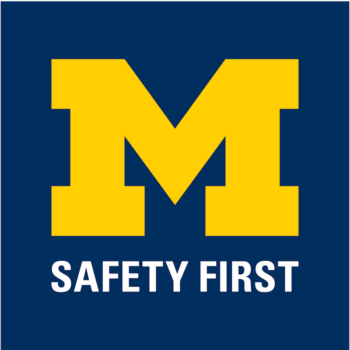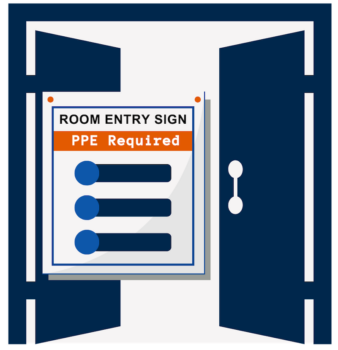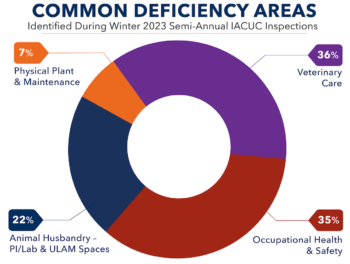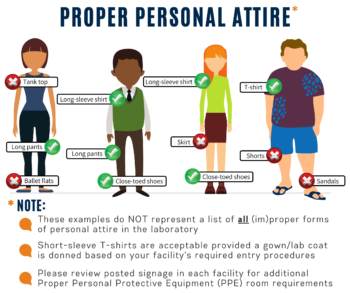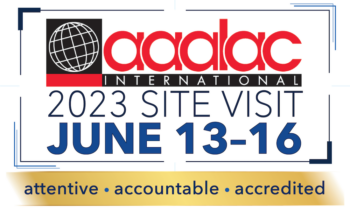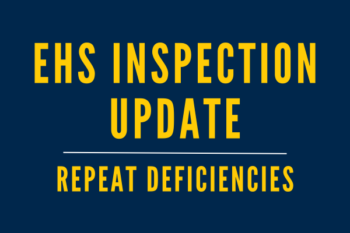Facilities Husbandry Safety SOP
Prior Justification, Approval Required for Transporting Animals in Personal Vehicles
To ensure animal health and welfare and minimize exposure to environmental stressors that may alter study results, transporting live animals in vehicles NOT specifically designed for such purposes (e.g., personal cars or public transportation) is generally NOT permitted. Transporting animals in personal vehicles is ONLY permissible AFTER the following requirements have been met: Transporting Animals ...




